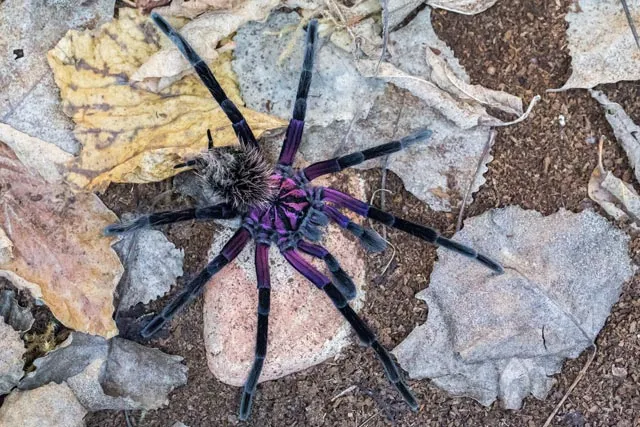What is a Xenesthis Immanis
The Xenesthis immanis, often called the Colombian Lesserblack Tarantula, is a captivating and sought-after species in the tarantula hobby. Known for its striking appearance and relatively docile temperament, the Xenesthis immanis makes a rewarding pet for both novice and experienced keepers. Originating from the tropical rainforests of Colombia and Panama, this species is a terrestrial tarantula, meaning it spends most of its time on the ground. Their beauty, combined with their manageable size and behavior, has solidified their place as a favorite among tarantula enthusiasts. When considering a Xenesthis immanis, it’s crucial to understand its specific needs to ensure a long and healthy life for your pet. This guide will provide you with the essential information you need to get started, from enclosure setup to feeding and handling.
Appearance and Characteristics of Xenesthis Immanis
Xenesthis immanis is a visually stunning tarantula, boasting a primarily black coloration that’s accented by iridescent hairs, particularly noticeable in the right lighting. Mature females display a robust build, with a leg span that can reach up to 6-7 inches, while males are generally smaller and more slender. The carapace, or the top shell of the cephalothorax, is typically a glossy black, contrasting beautifully with the velvety appearance of the abdomen. The legs are thick and powerful, equipped with claws that allow them to grip surfaces. Their overall appearance is a testament to the beauty found in the tarantula world. This species is often appreciated for its understated elegance and the subtle beauty of its markings. The contrast between the black body and the iridescent hairs makes them truly stand out in a collection. Understanding these visual aspects is a part of appreciating these amazing creatures.
Size and Lifespan
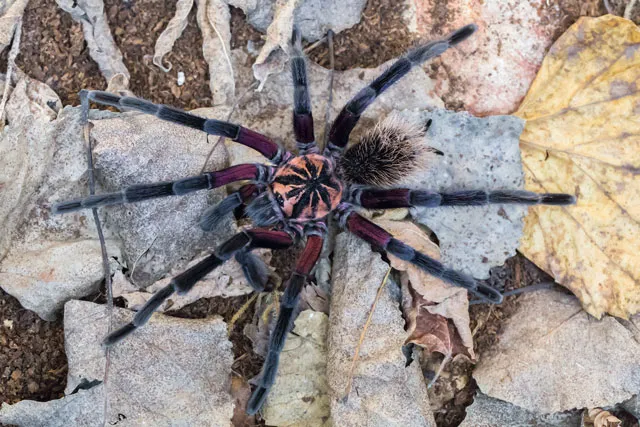
As mentioned, the Xenesthis immanis is a medium-sized tarantula. Females are the larger sex, growing up to 6-7 inches in leg span, while males tend to be smaller. Lifespan is a crucial factor to consider when acquiring this tarantula. Females have a considerably longer lifespan, often living for 10-15 years, sometimes even longer with proper care. Males, on the other hand, have a much shorter lifespan, typically only living for 2-3 years after reaching maturity. This difference in lifespan is a common characteristic among tarantula species. Planning accordingly, especially if you’re considering breeding, is essential when owning a Xenesthis immanis. The longevity of females makes them a long-term commitment, requiring consistent care and attention throughout their lives. Recognizing these differences in lifespan will help you prepare for the specific needs of your tarantula.
Behavior and Temperament
Xenesthis immanis is generally considered to be a docile tarantula, making it a suitable choice for keepers. While individual personalities can vary, they are typically not as defensive or prone to biting as some other species. They may exhibit a skittish behavior, which can be more pronounced when they are younger, and they may retreat into their hide if startled. They are not known to flick urticating hairs like some New World tarantulas. Proper handling, as discussed later, is always essential. When handled, these tarantulas are usually slow-moving and will likely attempt to crawl away rather than exhibit aggression. Observing their behavior will help you understand your individual tarantula’s temperament and adjust your care practices accordingly. Keep in mind that all tarantulas are venomous, so caution is always necessary.
Setting Up a Xenesthis Immanis Enclosure
Creating a suitable environment is fundamental to the well-being of your Xenesthis immanis. The enclosure should mimic its natural habitat as closely as possible, ensuring both its physical and psychological health. The right setup includes the appropriate size of enclosure, the type of substrate, suitable decorations, and the right temperature and humidity levels. By paying close attention to the specifics of the enclosure, you are setting the stage for a thriving tarantula. A well-designed enclosure will provide the tarantula with a sense of security and encourage natural behaviors. The goal is to minimize stress and maximize their comfort. Careful planning, prior to acquiring your tarantula, is a major factor in ensuring a successful and enjoyable experience.
Enclosure Size and Type
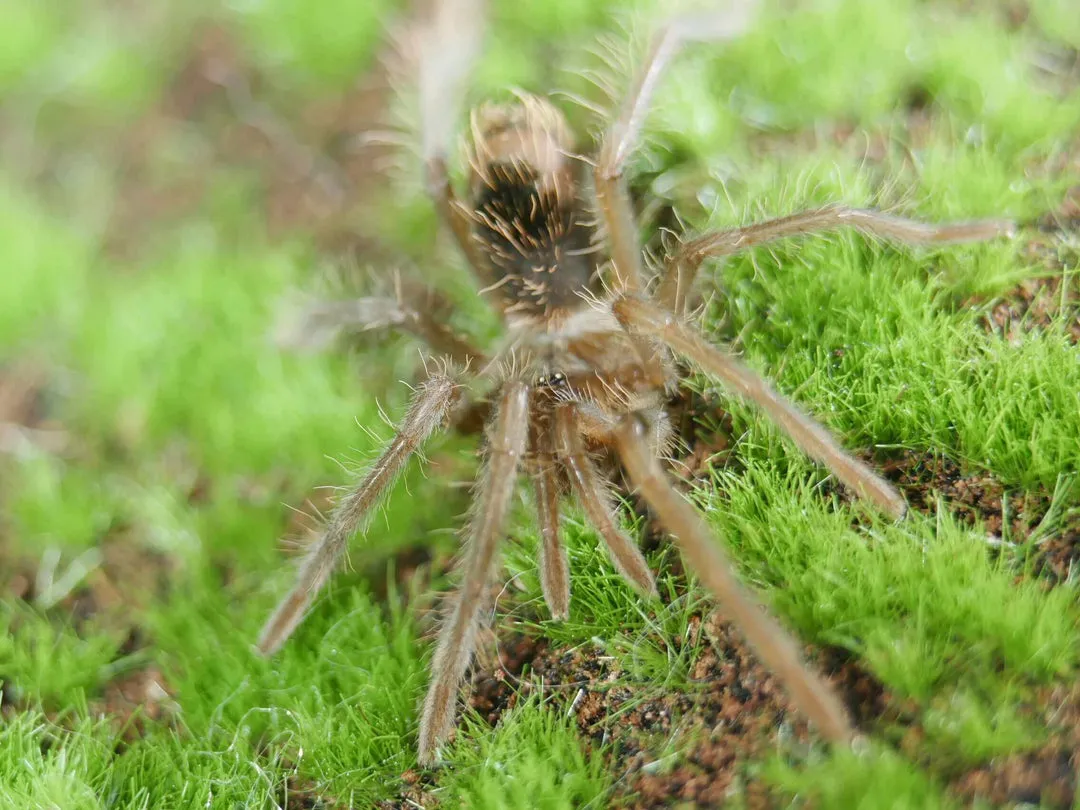
The enclosure size should correspond to the tarantula’s size and growth stage. A juvenile Xenesthis immanis can thrive in a small enclosure like a deli cup or a 5-gallon tank. As it grows, you’ll need to upgrade to a larger enclosure. A 10-gallon tank or a terrarium measuring approximately 12x12x12 inches is usually adequate for an adult Xenesthis immanis. The enclosure should have a secure lid to prevent escapes. Good ventilation is also vital, but it should not come at the expense of maintaining the necessary humidity levels. Glass or acrylic terrariums with front-opening doors are excellent choices, as they provide ease of access for feeding and maintenance while offering a clear view of your tarantula. This allows for better observation of their behavior and health.
Substrate and Decorations
The substrate should be at least 4-6 inches deep to allow the tarantula to burrow if it chooses. A mix of peat moss, coconut fiber, and a small amount of vermiculite is a suitable choice. These materials retain moisture effectively, creating a humid environment that is essential for the tarantula’s health. Avoid substrates that can be toxic or harmful to your tarantula. Decorations can provide enrichment and security for your tarantula. Include a hide, such as a piece of cork bark or a half-log, for the tarantula to retreat to. Adding a water dish with fresh water is also a necessity. Live or artificial plants can be added for visual appeal, but make sure they are safe and won’t harm the tarantula. The setup should simulate the tarantula’s natural environment, providing a space where it can feel secure and thrive. Safe and appealing decorations will contribute to your tarantula’s happiness.
Temperature and Humidity
Xenesthis immanis thrive in a warm and humid environment. The ideal temperature range is between 75-85°F (24-29°C). Use a heat mat attached to the side of the enclosure to maintain this temperature. Avoid placing the heat mat directly under the enclosure, as this can cause the substrate to dry out too quickly. Humidity levels should be maintained between 70-80%. You can monitor humidity using a hygrometer. To maintain the humidity, mist the enclosure with water every few days. Avoid over-misting, as this can lead to mold growth. Proper temperature and humidity are crucial for the tarantula’s health, ensuring that it can molt properly and stay comfortable. Regular monitoring and adjustments are key to creating a stable and beneficial environment.
Feeding Your Xenesthis Immanis
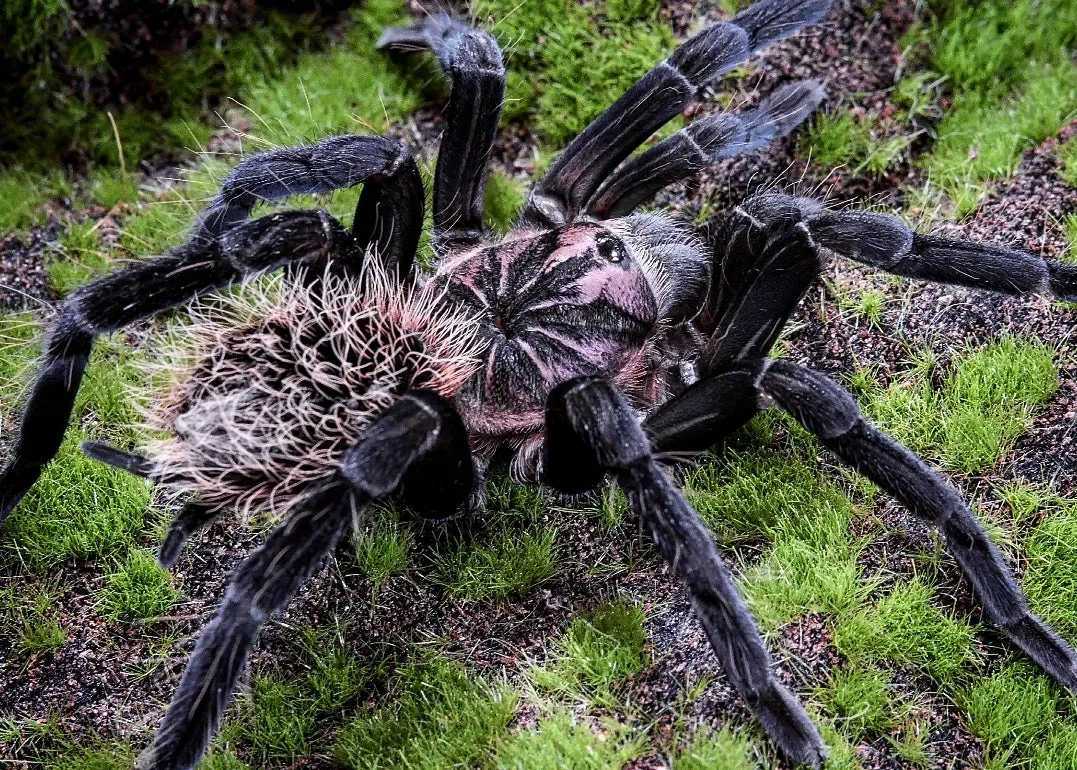
Feeding is a critical aspect of caring for your Xenesthis immanis. Proper nutrition and feeding frequency will ensure your tarantula’s growth and overall health. It’s important to provide a varied diet that offers the necessary nutrients to maintain energy and proper development. Choosing the right food items, adjusting the feeding schedule according to the tarantula’s age, and providing adequate water are essential components of a successful feeding routine. This contributes significantly to your tarantula’s well-being and happiness. Keep a watchful eye on your tarantula’s eating habits and adjust accordingly.
What to Feed a Xenesthis Immanis
The Xenesthis immanis is an opportunistic feeder. A varied diet is recommended for optimal health. Crickets, mealworms, and roaches are excellent options. Ensure that the insects are gut-loaded before feeding them to your tarantula. Gut-loading involves feeding the insects nutritious foods like vegetables and grains. This provides the tarantula with more vitamins and minerals. Pinkie mice can be offered occasionally to adult tarantulas. Avoid feeding your tarantula wild-caught insects, as these can carry parasites or pesticides that may harm your pet. The food should be smaller than the tarantula’s body. Remove any uneaten food within 24 hours to prevent mold and mites. Variety in the diet will help ensure that your tarantula receives all the nutrients it needs.
Feeding Frequency and Schedule
The feeding frequency depends on the tarantula’s age and size. Spiderlings and juveniles should be fed 2-3 times a week. As the tarantula grows, you can reduce the feeding frequency to once or twice a week for adults. Overfeeding can cause the tarantula to become obese, which can be detrimental to its health. Always monitor your tarantula’s abdomen. A healthy abdomen should be rounded, but not overly large. During molting, tarantulas typically refuse food. Do not force feed. After molting, wait a week before resuming feeding to allow the tarantula’s new exoskeleton to harden. Adjust your feeding schedule based on your tarantula’s behavior and growth rate. Proper feeding promotes growth and ensures your tarantula stays healthy and active.
Watering and Hydration
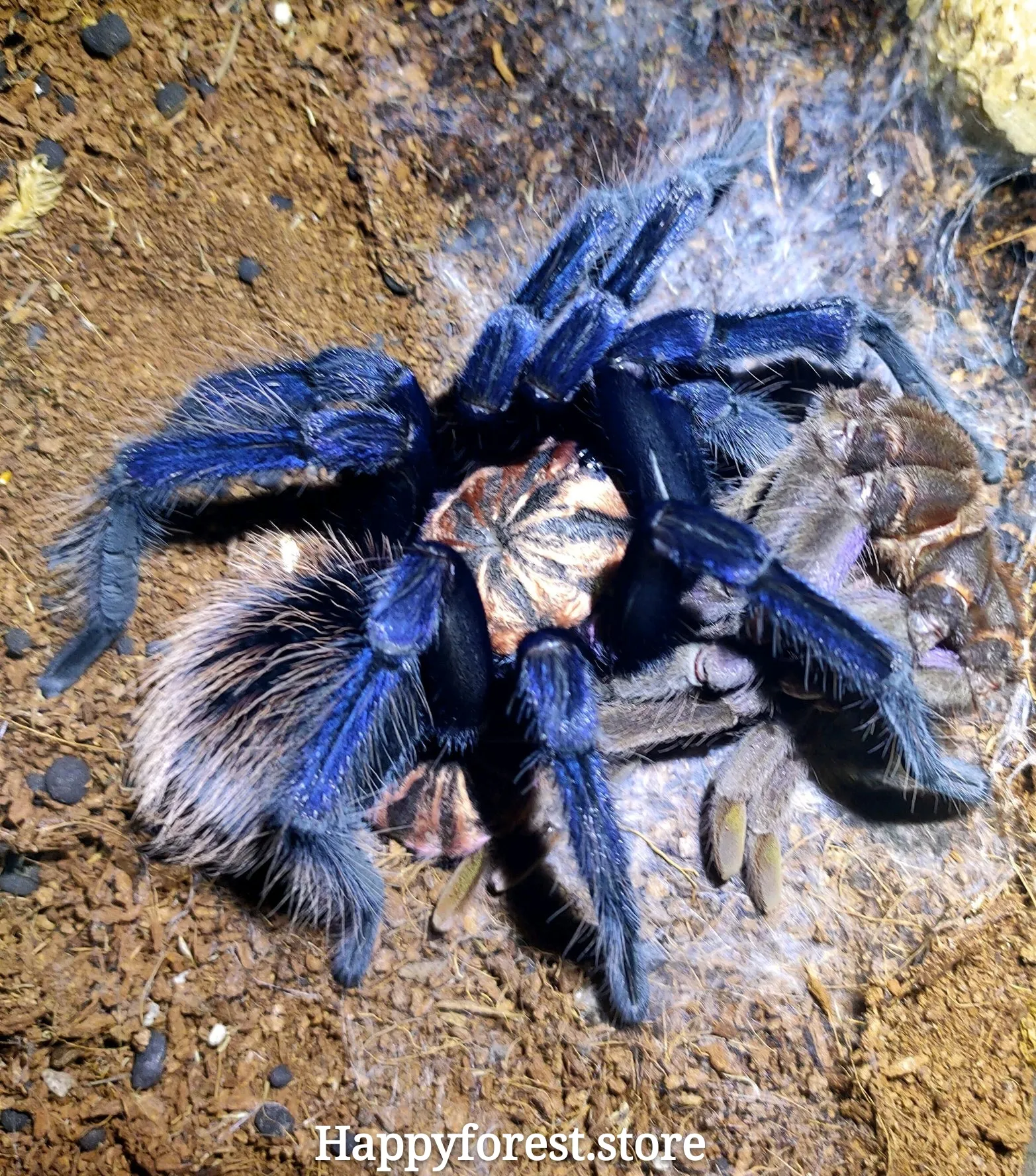
Fresh water is essential for hydration. Provide a shallow water dish, that is easily accessible. Keep the water dish clean and free of debris. For smaller tarantulas, you can use a bottle cap or a small dish. Refill the water dish regularly. Another way to provide moisture is to mist the enclosure. Mist one side of the enclosure, allowing the tarantula to choose whether it wants to drink from the dish or the droplets. Be sure to maintain the correct humidity level. Over-saturation can be dangerous. The availability of clean water will contribute to the tarantula’s overall health and well-being, as well as facilitate proper molting and other important physiological functions.
Handling and Safety Precautions
Handling a Xenesthis immanis should be done with caution, even though they are generally docile. Always approach handling with respect and awareness of the risks involved. While bites from this species are rare, it’s important to take necessary precautions. Knowing the proper techniques and safety measures is key to minimizing potential risks and keeping both you and your tarantula safe. Remember that every tarantula is an individual, and their behavior can vary. So, it’s important to carefully observe your tarantula’s behavior before and during any interaction.
Understanding Molting
Molting is a natural process in which tarantulas shed their exoskeleton to grow. Before molting, the tarantula may stop eating, and its abdomen may appear darker. The tarantula will typically lie on its back. During molting, do not disturb your tarantula. It is very vulnerable during this time. After molting, the tarantula’s new exoskeleton will be soft. Wait about a week before offering food to allow the exoskeleton to harden. Providing a proper environment and avoiding disturbances during molting will minimize the risk of complications. Regular molting indicates a healthy and growing tarantula. Learning about molting can help you understand and support your tarantula during this vulnerable period.
Signs of a Healthy Xenesthis Immanis
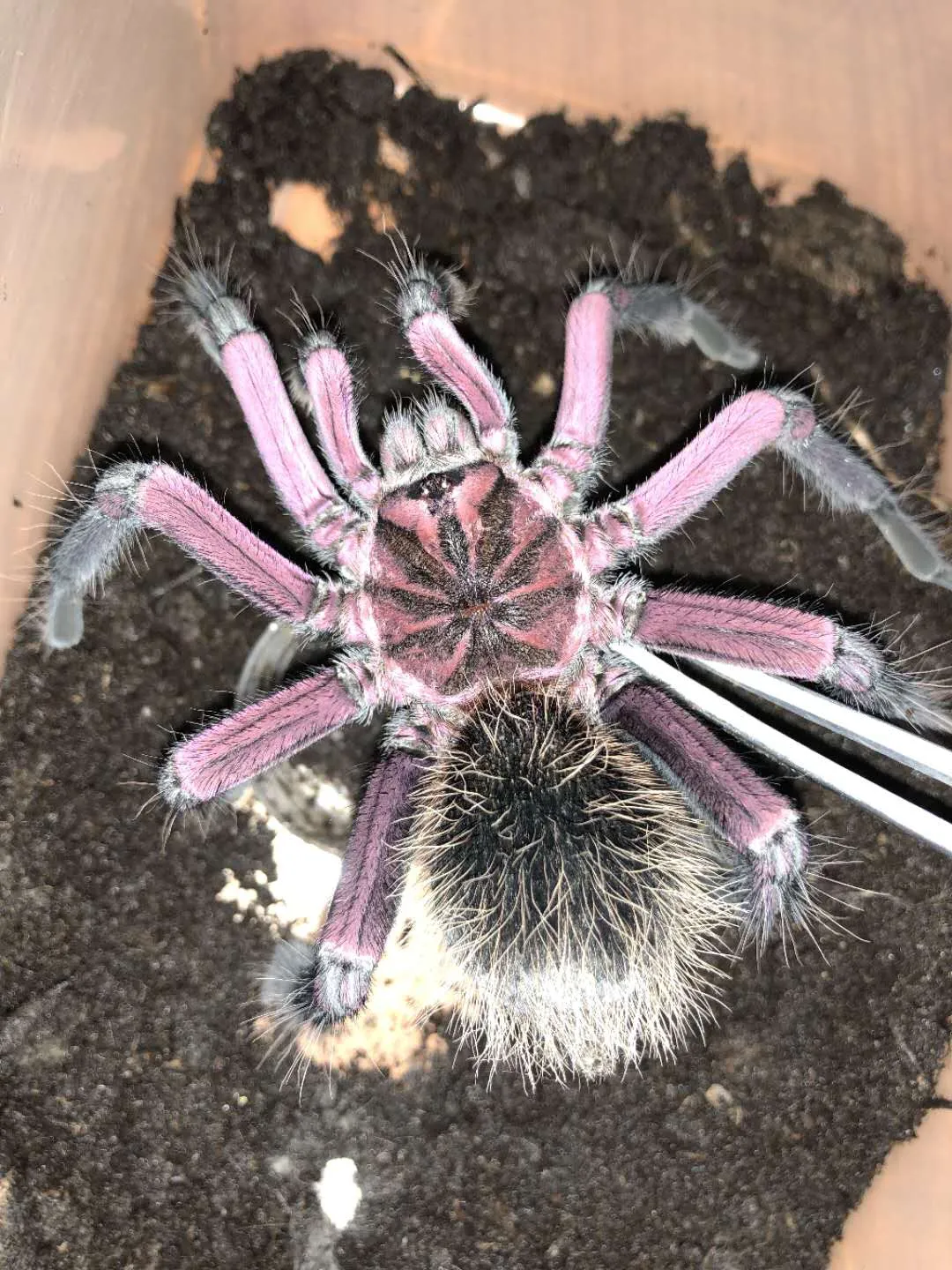
A healthy Xenesthis immanis will display several positive characteristics. A healthy tarantula will have a plump abdomen, indicating it is well-fed. The tarantula should be active and alert. The legs should be intact, and the tarantula should move with ease. Clear eyes are another sign of health. Ensure that there are no signs of parasites. Keep an eye out for any unusual behaviors. Regular observation is key to detecting potential health issues early. Monitoring your tarantula’s behavior, appearance, and eating habits will help you ensure it is thriving.
Common Health Issues and How to Address Them
While Xenesthis immanis are generally hardy, they can still experience health issues. Parasites and mites are possible problems. If you notice small mites on your tarantula, you’ll need to improve the enclosure’s cleanliness. Respiratory infections can occur if the humidity is too low. Prevent this by maintaining the correct humidity level. Ensure the enclosure is clean and remove any uneaten food promptly to prevent mold or bacterial growth. If you see any signs of illness, seek professional advice from a veterinarian experienced in exotic pets. Prevention is key. By maintaining proper care, you’ll minimize the risk of health issues and provide your tarantula with a long, healthy life. Always be vigilant and aware of any changes in your tarantula’s behavior or appearance.
Caring for a Xenesthis immanis tarantula is a rewarding experience, offering a unique opportunity to observe and appreciate the fascinating world of arachnids. By understanding their specific needs and providing the right environment, diet, and care, you can ensure that your tarantula lives a long, healthy, and fulfilling life. Remember to continuously learn and observe your tarantula. The more you learn, the better equipped you will be to provide excellent care. Enjoy the journey of tarantula ownership.
